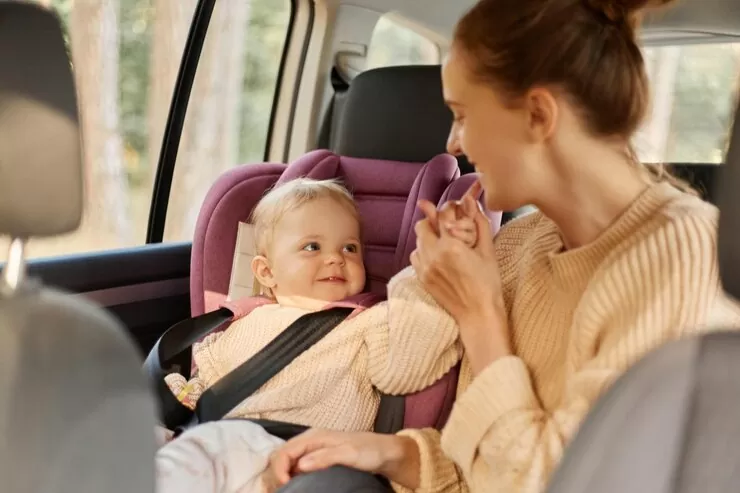You can expect the unexpected when you are on a road trip, especially when you have an infant or a child with you! It can be nerve-wracking to drive with a kid on the road without proper equipment and accessories. After all, the child’s safety remains the top priority when you are driving with them.
This is where child car seats come into the picture. The car seat is a robust support system for your kid’s neck and head while on the road. Thus, paying attention to its placement and installation is essential. A mistake in the placement or an incorrect installation can create havoc on the trip, which can prove to be disastrous.
Tips on Proper Installation of a Child Car Seat When on a Road Trip
Here are some relevant tips that can prove to be beneficial when you have to install a child car seat on road tripping.Watch this Youtube video for more tips.
Follow the Rule of Rear-Facing Seat
It has been advised by the American Academy of Pediatrics that not only infants but even toddlers should be sitting rear-facing in the car seat until they are too big to adjust in one.
This is because the rear-facing car seats can mitigate the effect of any unfortunate crash on the road trip. Hence, these rear-facing seats offer good protection to kids in such situations.
Do Not Worry Much About Leg Space
Many parents often get worried about placing their toddlers in rear-facing car seats because they feel the kids will not have enough leg space. Also, some parents question the protection rear-facing car seats offer the kids’ legs in any unfortunate road clash.
Per experts, kids in a forward-facing car seat tend to suffer more from leg injuries than rear-facing kids. This happens because the child’s legs can get trapped when they hit the front seat’s back while the car seat is moving forward due to the crash’s impact.
However, you can avoid this if the child is sitting in the rear-facing car seat as the chances of legs getting trapped decrease.
Pay Attention to the Positioning of the Seat
Again, as per experts, it is advisable to position the car seat where you can get the tightest fit. However, many experts suggest placing the seat in the car’s center. Placing it in the center is the safest place for a seat and is likely to get minor damage in case of a car accident.
However, if you feel that the center positioning of the car seat needs to fit correctly, you can always move it to either side. Eventually, the car seat positioning should be comfortable for both the driver and the child.
Additionally, keep in mind that if you or your child are injured in a crash, you should consider contacting a car accident lawyer near you right away, as time is always critical.
Always Lock the Seat Belt Into the Correct Position
You must ensure the locking system is perfect when locking the car seats. Though using lower anchors for locking the kid in the car seat is highly advisable, you can also go for seat belts as per your preference.
However, if you are using seat belts, ensure that the belt is pulled to get properly into the locking mode. This would keep the belt locked even when the seat is being installed. Of course, you can always take help from your manufacturer’s manual to properly lock the belt.
Positioning of the Kid is Also Important
In addition to positioning the seat, it is also crucial to pay attention to your kid’s position on the seat. Now, as per the best positioning, the chest clip should come at the armpit level of the kid. This would prevent the straps from siding off the child’s shoulders when you are driving.
Also, ensure that the harness straps used for holding the child in the proper place should be snug, especially in the case of rear-facing seats. Also, the harness straps should be installed in the correct slots.
Final words
Road tripping should be a manageable affair when traveling with your kid, and a car seat plays an essential role in this process. Thus, you need to pay proper attention to not only purchasing the right kind of seat but also installing it properly. Furthermore, be aware of potential hazards that can cause auto accidents, and be prepared in the event you become a victim of an accident. Last but not least — Happy traveling!











